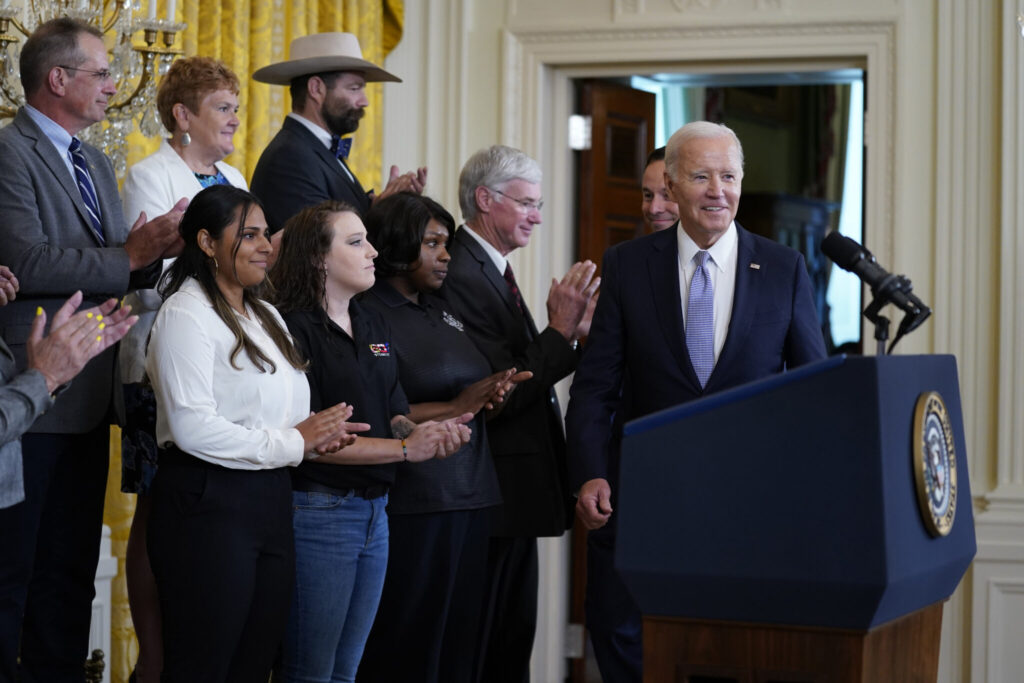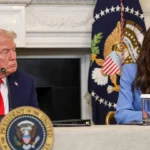President Joe Biden on Wednesday used the first anniversary of his signature Inflation Reduction Act to pitch the landmark clean-energy law as an economic powerhouse to a public that remains largely unaware of its contents. The wide-ranging law provides billions of dollars in tax credits to help consumers buy electric vehicles and companies produce renewable energy, as Biden aims to de-carbonize the mighty U.S. power sector. It also helps seniors pay for prescription drugs, expands some elements of Obamacare and raises taxes on wealthy Americans and corporations. Biden, speaking at a White House ceremony, said the legislation already created 170,000 clean energy jobs and will create some 1.5 million jobs over the next decade, while significantly cutting the nation’s carbon emissions. The legislation, Biden said, has shifted production of critical components away from China and into the United States. “We are building here and sending over there,” Biden said. The Associated Press has the story:
Biden: We are investing in ‘US heartland & coast to coast’
Newslooks- WASHINGTON (AP)
President Joe Biden proclaimed Wednesday his administration is “turning things around” for Americans when it comes to the economy, with his signature climate, health care and tax package giving people “more breathing room” on prices and investing anew in clean energy jobs.
“We’re leaving nobody behind,” Biden told a packed East Room filled with lawmakers, advocates and people who have benefited from his economic policies. “We’re investing in all of America — in the heartland, and coast to coast.”
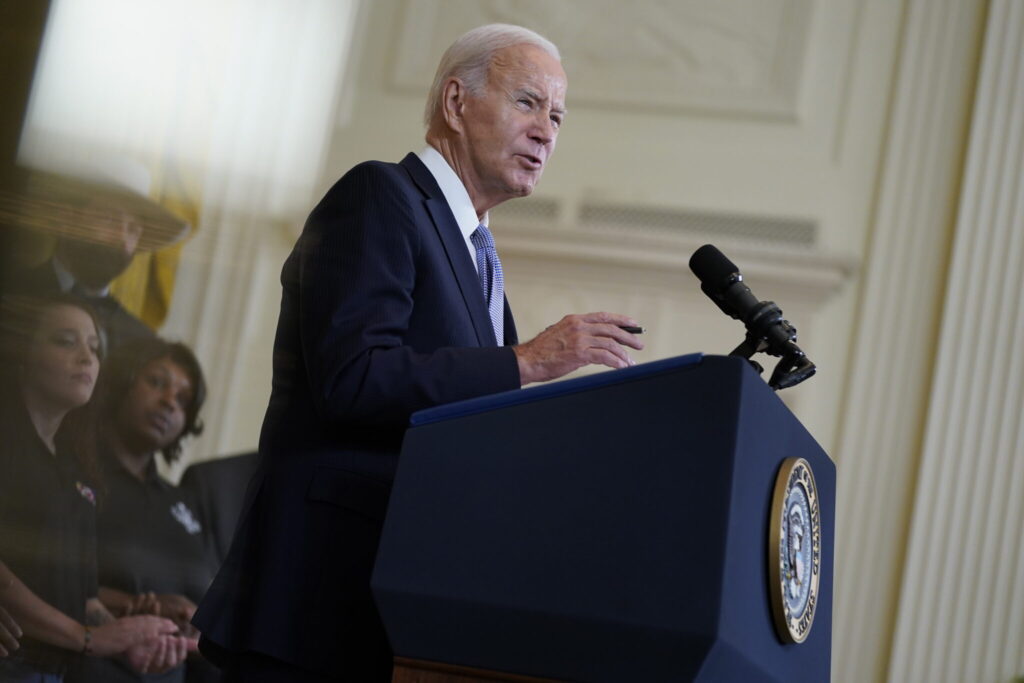
His remarks, delivered on the anniversary of the so-called Inflation Reduction Act, came as the White House ramped up efforts to illustrate the real-world impact of Biden’s economic plans.
At a White House event Wednesday afternoon to celebrate a year since he signed the bill, the president stood alongside people — from union workers to small business owners to consumers — who the White House says have been aided by the law. That sweeping package, along with the bipartisan infrastructure law and a massive bill that bolsters production of semiconductor chips, make up the core of what the White House has branded “Bidenomics.” It’s aggressively promoting the concept as Biden seeks to improve his standing with voters amid his re-election campaign.
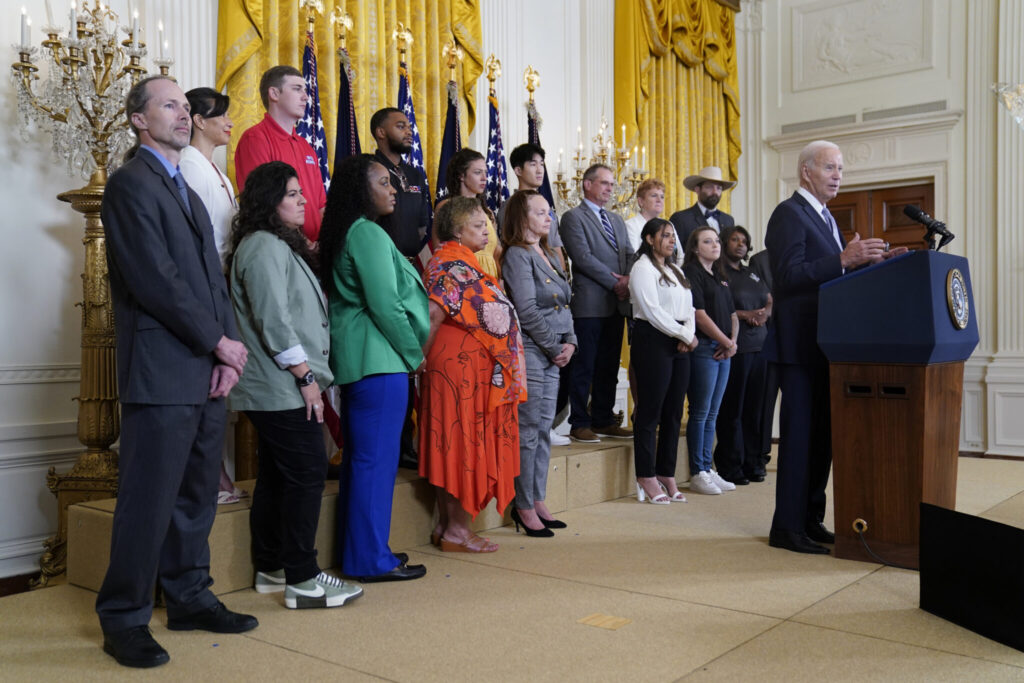
Before the East Room event, the administration rolled out a new online tool on invest.gov that relays stories from across the country about the impact of the president’s economic agenda.
The White House is on a sprint to connect what they say is a popular economic agenda with an unpopular incumbent president, as polls show a majority of voters consistently disapprove of Biden’s handling of the economy even amid signs of a U.S. economic upswing.
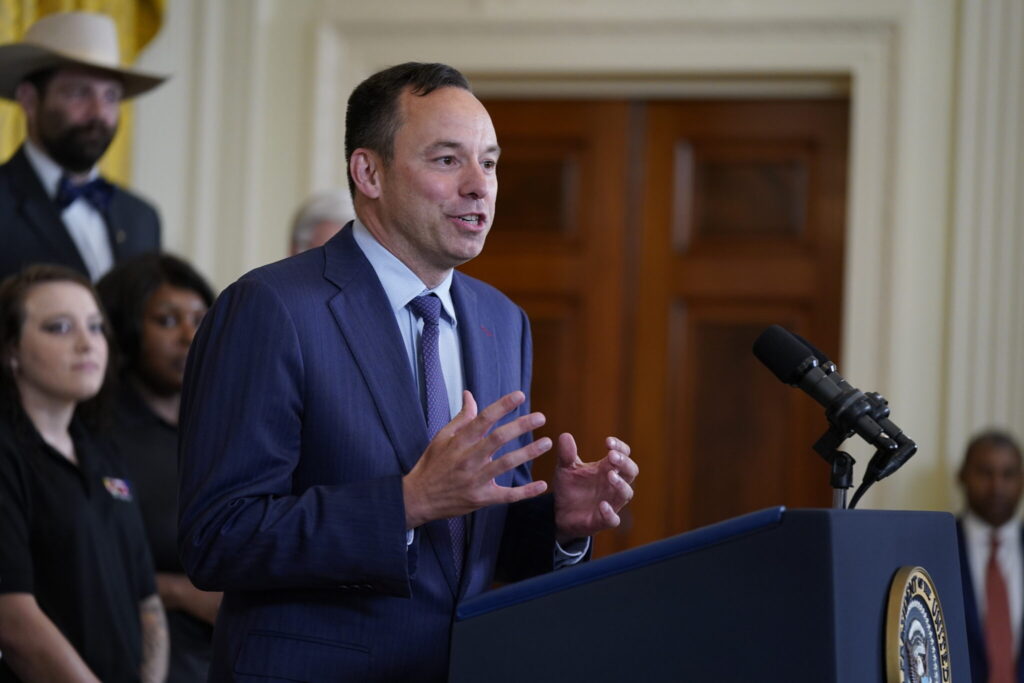
The inflation rate has cooled over the past year to a more manageable 3.2% annually, while job growth has stayed solid and the economy has avoided the recession that many analysts said would be needed to bring down prices. On Tuesday, the Census Bureau reported that retail sales have climbed 3.2% over the past 12 months.
That level of consumer spending led the investment bank Goldman Sachs to raise its expectations for overall growth in the third quarter to an annual rate of 2.2%. The Atlanta Federal Reserve’s GDPNow estimate jumped even higher with the forecast of third-quarter growth reaching 5%.
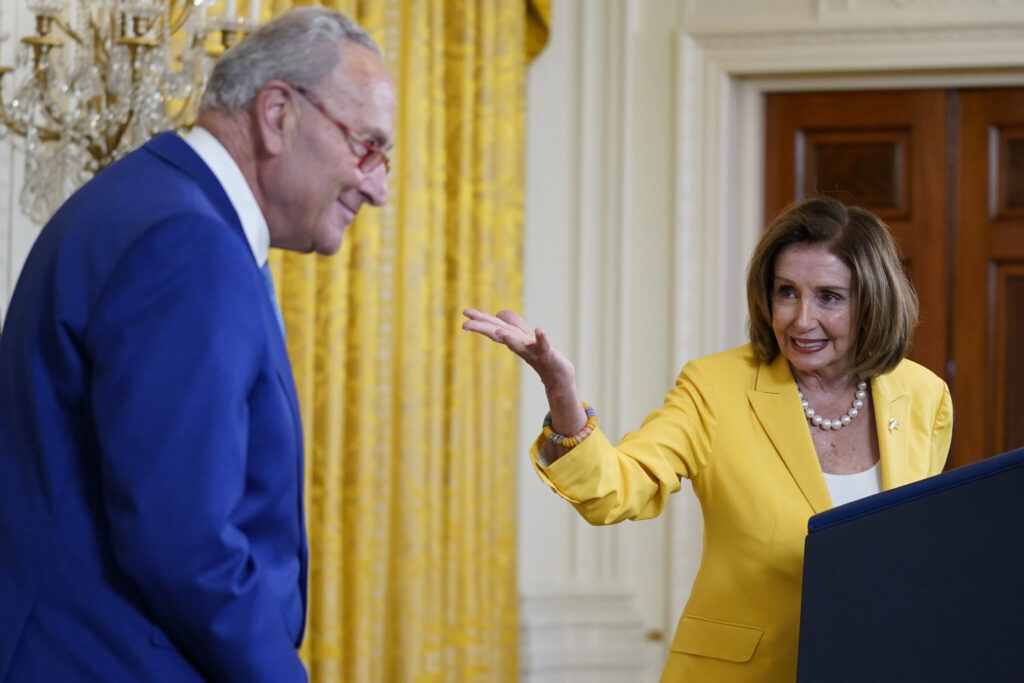
The evidence of economic strength has yet to translate into political gains for Biden, who has devoted the past several weeks to traveling the U.S. He’s emphasized the roughly $500 billion worth of investments by private companies that have been spurred by his policies.
Aides say the mood of the American electorate has been dampened in recent years by outside forces such as a once-in-a-century pandemic and said it would take time for laws signed by Biden to have an impact on voters’ sentiments.
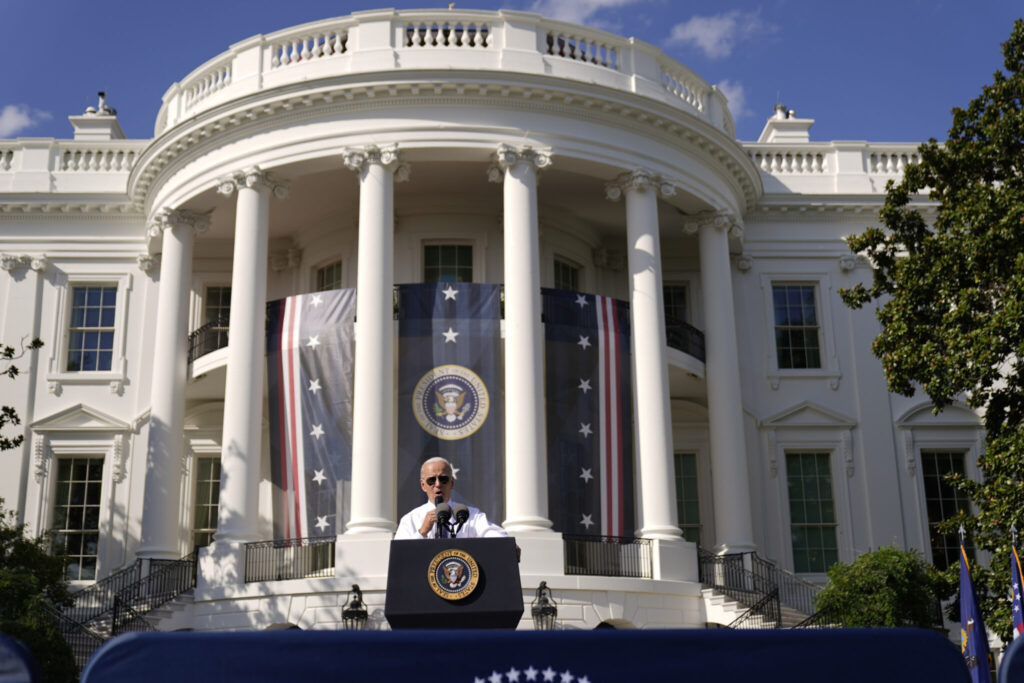
“Once those investments happen, once those jobs are created, once those people are at work, in red districts, purple districts, blue districts, it’s very hard to walk away from that,” White House energy adviser John Podesta said Wednesday. “And so I’m quite confident that as the public really begins to feel the presence of this law in their lives, particularly on that workforce side, it’s here to stay.’’
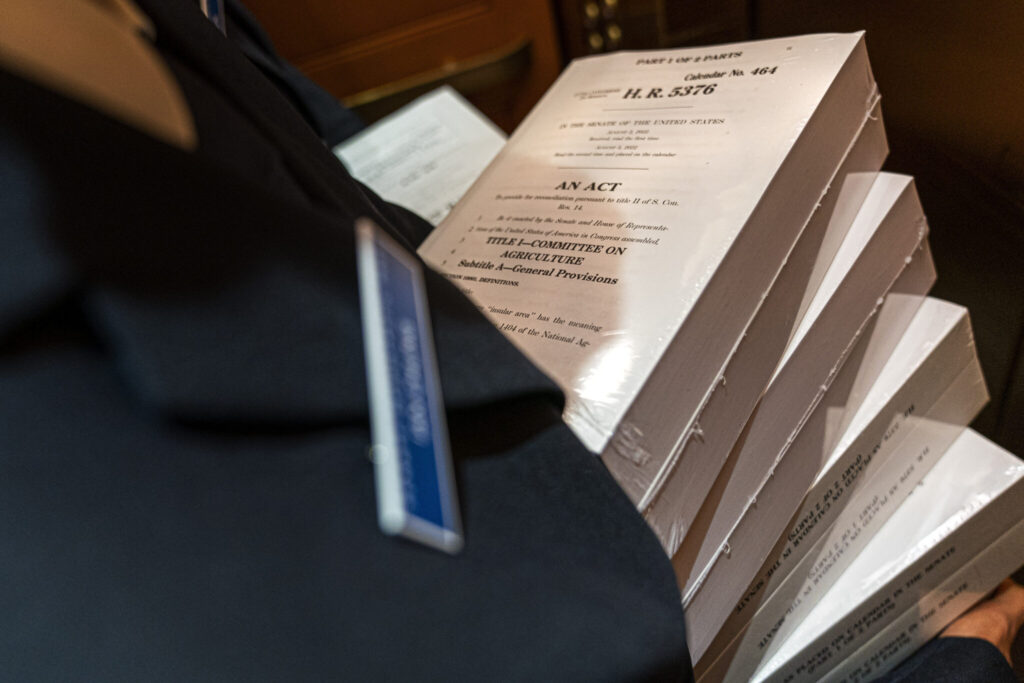
Meanwhile, U.S. Treasury marked the law’s anniversary by releasing a new analysis that it says shows new clean energy investments spurred by the law are largely benefitting underserved communities. The agency report issued Wednesday states that new investments in clean energy, electric vehicles and batteries are concentrated in areas with lower employment, wages and college graduation rates.
But the name is the Inflation Reduction Act after all, despite the minimal impact that the law has had in actually taming cost prices over the past year. So the administration is also rolling out a new report from the Department of Energy that shows the law will cut electricity rates up to 9 percent and lower gas prices by up to 13 percent by the year 2030.

